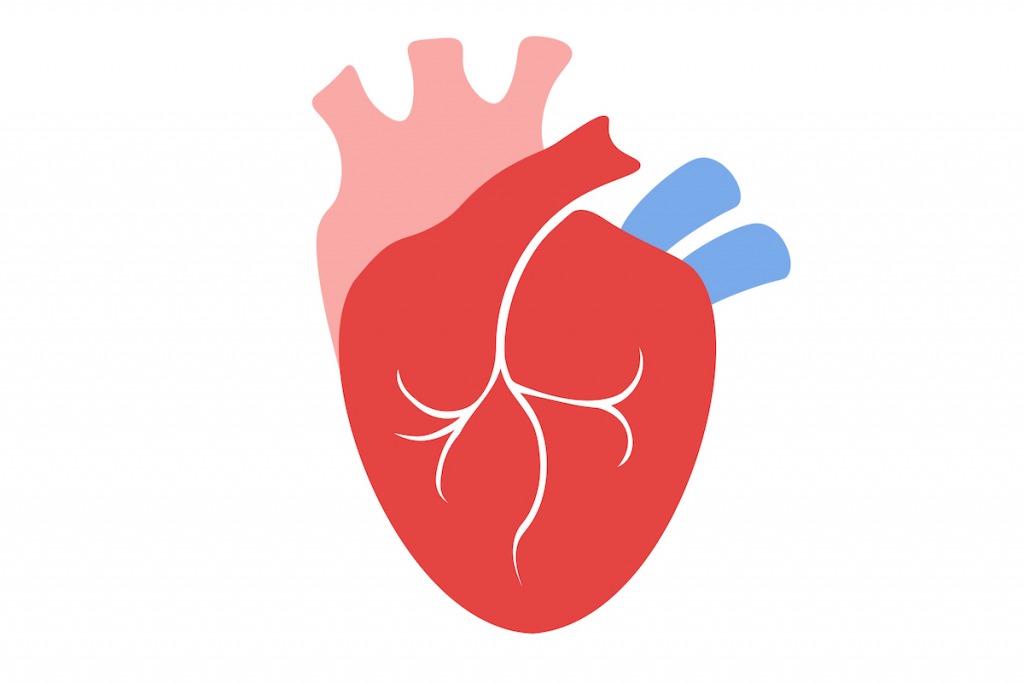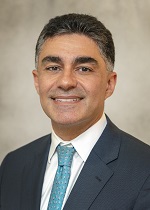February is American Heart Month. Learn more about the importance of the mitral valve and surgical interventions that will alleviate any mitral valve-related disease from a top cardiothoracic surgeon at Cooperman Barnabas Medical Center.

The human heart has four valves that help blood flow through the body, and each one needs to be in tip-top shape to ensure optimal health. One of these valves is called the mitral valve, which regulates the unidirectional flow of the blood from the lungs into the heart. If it’s not working properly and the condition goes untreated, this could lead to congestive heart failure.

Here, Arash Salemi, M.D., cardiothoracic surgeon at Cooperman Barnabas Medical Center (CBMC) and Clinical Chairman of Cardiothoracic Surgery at RWJBarnabas Health—Northern Region and member of RWJBarnabas Health Medical Group, discusses causes of this condition, when surgical interventions are necessary and why CBMC is the place to be if you or a loved one need your mitral valve repaired or replaced.
What is the mitral valve, and what role does it play in the heart?
The mitral valve apparatus is very complex—it’s the doorway that sits between the lungs and the heart. Blood goes into the lungs, you take a deep breath, the blood gets oxygenated and follows a one-way path across the mitral valve into the heart. Subsequently, the oxygenated blood is pumped by the heart to the rest of the body. The mitral valve is critical in regulating the flow of blood from the lungs into the heart before it is pumped to the rest of the body. It opens to allow adequate flow of blood to the heart and then closes during the ejection phase of the heart to prevent flow back into the lungs.
What are some common mitral valve conditions that you treat?
One of the most common afflictions of the mitral valve is regurgitation or insufficiency, where the mitral valve doesn’t close properly. As a result, when the heart pumps, some of the blood is actually going the wrong way back to the lungs. A small leak is tolerated well, but over time that leak will get worse. Once it becomes severe, patients develop symptoms such as shortness of breath or palpitations from an irregular heart rate. That’s when a patient’s cardiologist would refer him or her for surgical intervention. Ultimately if left alone for long enough, that leak can lead to enlargement of the heart and congestive heart failure. Quality of life can be affected dramatically.
What causes mitral valve regurgitation? Who is at higher risk?
In most cases, it’s damage to the attachments of the valve to the heart. These attachments can stretch, thin out or rupture completely. Some patients may have been told that they have a benign murmur due to mitral valve prolapse. Over time, this can also lead to a leaking valve. Infection, acute or chronic, is also an etiology.
When does the mitral valve require repair or replacement?
If there’s an attachment of the mitral valve to the muscular portion that is ruptured or torn, we will repair it. If the “door frame” of the valve is enlarged, then we’ll tighten it. If there’s an infection, we’ll generally replace it. Our strong preference is to repair the valve because it works best physiologically. That’s what we do in more than 95 percent of patients with degenerative disease.
Is the surgery open or minimally invasive?
While there are minimally invasive techniques available for aortic valve replacement such as TAVR, all the surgeries that we employ for degenerative disease of the mitral valve are typically open-heart surgical procedures. Our surgical incisions may vary from case to case, but surgical repairs are all “open” procedures. However, in certain selected situations, we may utilize minimally invasive clip procedures or clinical trial therapies which would obviate the need for the heart-lung machine and open heart techniques.
What is the recovery like?
With our standard mitral valve repair, patients are in the ICU for about a day following surgery followed by another 3 or 4 days in the hospital, and then they go home. Generally, they follow up with the surgeon once within the first month. After discharge we confirm that their recovery is going well, and then they go right back to their cardiologist. We aim to provide a life-long repair [of the valve], one that’s durable and long-lasting.
Why is Cooperman Barnabas Medical Center the best place to undergo this procedure?
Here at CBMC we customize our treatments toward the individual needs of the patient. In order to successfully provide state-of-the-art treatment of mitral valve disease, you need to have a strong multidisciplinary team that works well together to provide this individualized therapy. We have great OR teams and staff, access to clinical trials and advanced imaging techniques, and a very collaborative clinical team. We work together to utilize all currently-available resources to give us the tools necessary to repair the valve. These are things that we’ve really developed in earnest over the past few years, and we’ve seen great results for our patients.
Learn more about the Department of Cardiac Surgery at Cooperman Barnabas Medical Center.